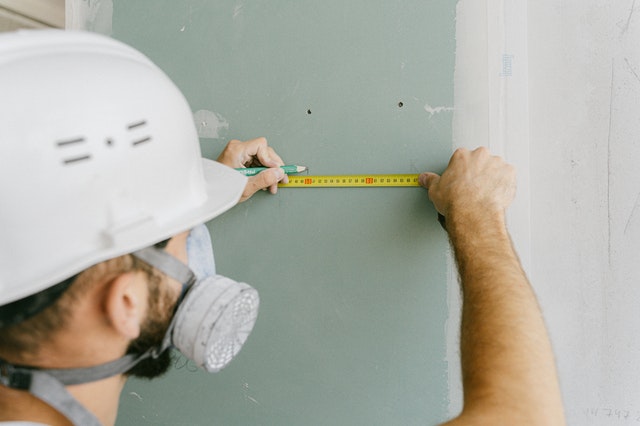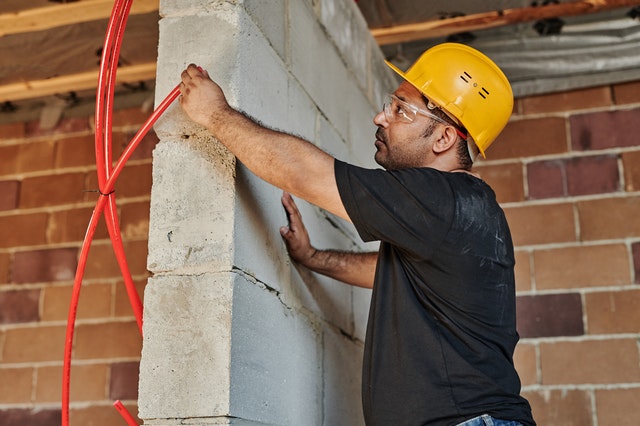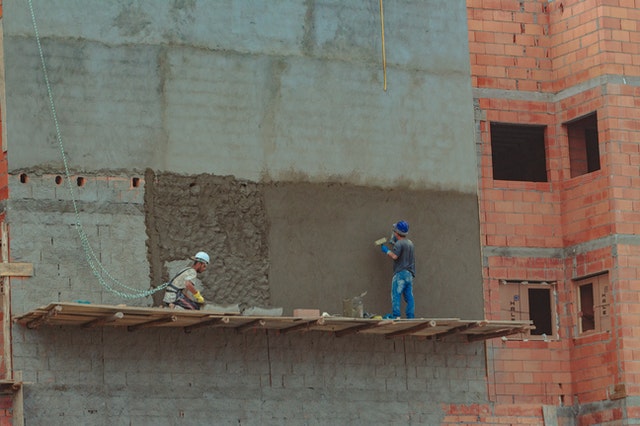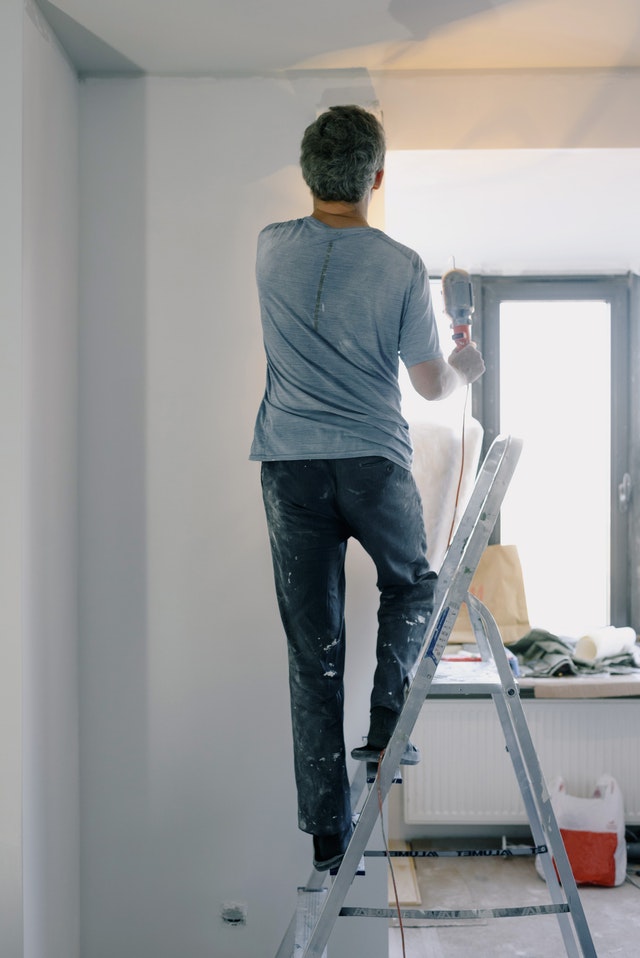Comparing Siding Materials. In the chart above, “Cost” refers to the relative cost of each material as compared with all the others; it does not reflect the labor involved in a professional installation. In general, labor costs are considerably higher for the traditional materials-clapboard, wood shingles and shakes and stucco-than for the newer types of siding, most of which are relatively easy to install. With stucco, the materials alone are only moderately expensive, but if professionally installed, it is the most expensive of all sidings. For some materials a range of costs is given. Aluminum, for example, can be bought in two thickness, each with or without an insulation backing. Thin aluminum without backing is inexpensive; thick aluminum with backing is moderately expensive.
With reasonable care, all the materials listed will last as long as the houses they cover. The column headed “Maintenance” indicates what must be done to keep a siding structurally sound and weatherproof. It does not take into account the gradual deterioration of materials like aluminum and vinyl, which, though sound, may look weathered after a number of years.
The last two columns summarize the general advantages and limitations of each material. Under these headings the most important considerations for the amateur are ease of installation and the ability to cover existing siding.
A Solid Base For New Siding
The principal requirement for any type of siding is a flat, sound nailing surface and there are three ways of obtaining it. The old wood siding will do if it is in good condition. If not, the usual solution is to mount furring strips over the old siding- shimming the strips on uneven surfaces-and nail the siding to the strips. The third and most time-consuming way to guarantee a good nailing surface is to remove the old siding and begin as you would with new construction. This often must be done when the old siding is asbestos shingles, crumbling stucco or aluminum-all difficult to nail through to a firm wood backing.
Whichever technique you choose, always begin by removing accessories that could interfere with the re-siding-down-spouts, light fixtures, shutters, decorative trim. You will need professional help if you must temporarily remove a utility meter. It may be necessary to shut down all power; in that case be prepared to mount the necessary pieces of siding quickly so power can be restored.
Preparing the walls for re-siding offers an excellent opportunity to add to wall insulation. If you plan to keep the old siding in place, you can drill holes through it to have loose-fill insulation blown into the stud cavities, or you can mount plastic foam insulation boards between old and new siding. If old siding is removed, install batts or blankets between the studs. If removing cement/asbestos siding, do not saw it or create dust; wear a dust mask or respirator rated to protect against asbestos fibers.
Stripping The Walls
Removing Trim. To save molding and other trim for reuse, pry it off gently with a utility bar. Begin at one end, inserting the flat end of the bar under the molding and tapping the curved end with a hammer. Remove the frieze-the board at the top of the siding under the soffit-only if you plan to replace it with siding. Otherwise, build out the old frieze with an identically sized strip of lumber to meet the projection of the new siding.
Removing Asbestos Shingles. Because brittle asbestos shingles provide a poor nailing surface for new siding, strip them from the walls with a pry bar. Break the shingles near the nailheads and pull off the pieces and backer strips; then pound the nails into the sheathing. Use 15-pound asphalt felt to patch any old felt torn in the process, making sure the new paper overlaps the old by about an inch all around.




